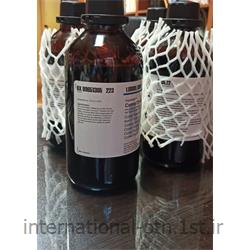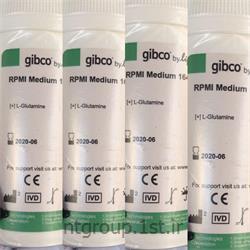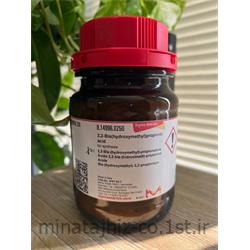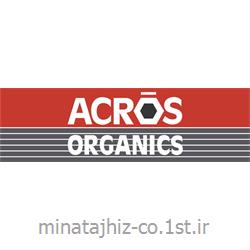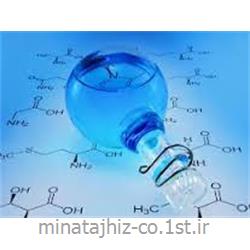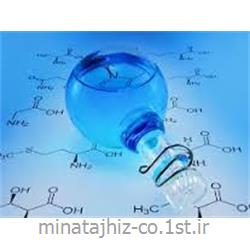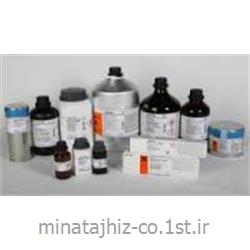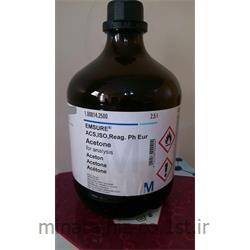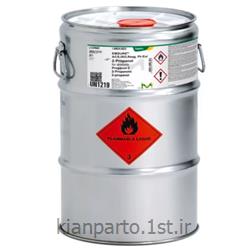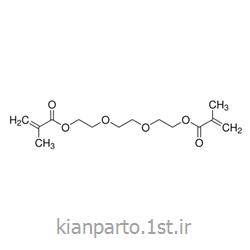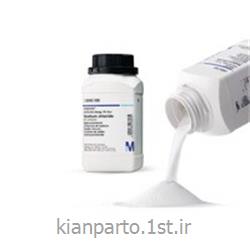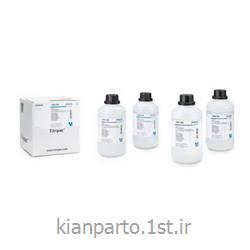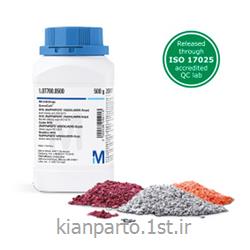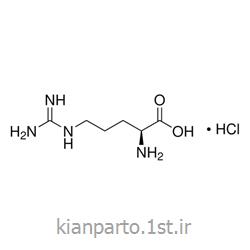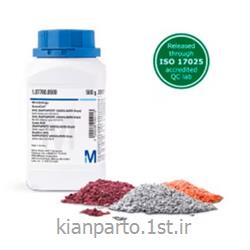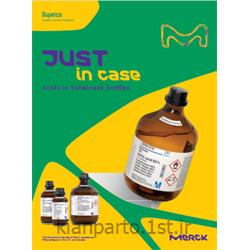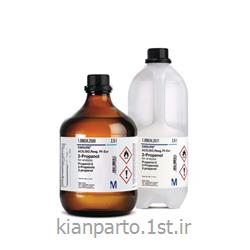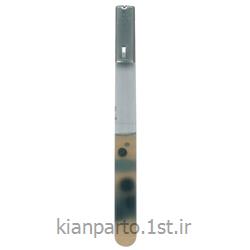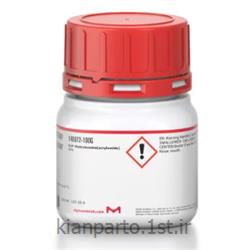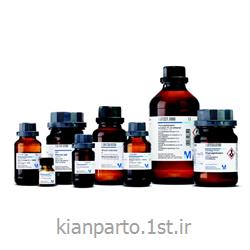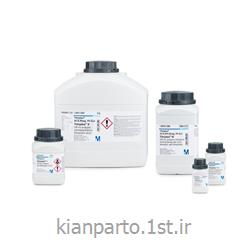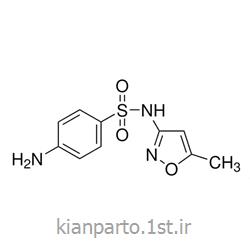| Description | |
|---|---|
| Catalogue Number | 101408 |
| Synonyms | Hexamethylenepararosaniline chloride, Gentian violet (C.I. 42555), Hexamethyl-p-rosanilinium, Methyl violet 10 B |
| Product Information | |
|---|---|
| CAS number | 548-62-9 |
| EC index number | 612-204-00-2 |
| EC number | 208-953-6 |
| Grade | ACS,Reag. Ph Eur |
| Hill Formula | C₂₅H₃₀ClN₃ |
| Molar Mass | 407.99 g/mol |
| HS Code | 3204 13 00 |
| Structure formula Image | |
| Applications | |
|---|---|
| Application | Crystal violet (C.I. 42555) indicator ACS,Reag. Ph Eur. CAS 548-62-9, pH 2.5 - 3.5 (10 g/l, H₂O, 20 °C). |
| Physicochemical Information | |
|---|---|
| Density | 1.19 g/cm3 (20 °C) |
| Melting Point | 189 - 194 °C |
| pH value | 2.5 - 3.5 (10 g/l, H₂O, 20 °C) |
| Bulk density | 220 - 400 kg/m3 |
| Solubility | 10 g/l |
| Toxicological Information | |
|---|---|
| LD 50 oral | LD50 Rat 420 mg/kg |
| Safety Information according to GHS | |
|---|---|
| Hazard Pictogram(s) |     |
| Hazard Statement(s) | H302: Harmful if swallowed. H318: Causes serious eye damage. H351: Suspected of causing cancer. H410: Very toxic to aquatic life with long lasting effects. |
| Precautionary Statement(s) | P273: Avoid release to the environment. P280: Wear eye protection. P305 + P351 + P338: IF IN EYES: Rinse cautiously with water for several minutes. Remove contact lenses, if present and easy to do. Continue rinsing. |
| RTECS | BO9000000 |
| Storage class | 10 - 13 Other liquids and solids |
| WGK | WGK 3 highly water endangering |
| Disposal | 9 Carcinogenic compounds and flammable compounds labelled "Highly toxic" or "Toxic": container F. Alkyl sulfates are carcinogenic; Take particular care to avoid inhalation and skin contact. To neutralize alkyl sulfates, add dropwise (from a dropping funnel) to concentrated ice-cool Ammonia solution (Cat.No. 105426) with vigorous stirring. Before placing in container D, check the pH with pH Universal indicator strips (Cat.No. 109535). |
| Safety Information | |
|---|---|
| Hazard Symbols |  Dangerous for the environment Dangerous for the environment Harmful Harmful |
| Categories of danger | harmful, carcinogenic, irritant, dangerous for the environment |
| R Phrase | R 22-40-41-50/53 Harmful if swallowed.Limited evidence of a carcinogenic effect.Risk of serious damage to eyes.Very toxic to aquatic organisms, may cause long-term adverse effects in the aquatic environment. |
| S Phrase | S 26-36/37/39-46-60-61 In case of contact with eyes, rinse immediately with plenty of water and seek medical advice.Wear suitable protective clothing, gloves and eye/face protection.If swallowed, seek medical advice immediately and show this container or label.This material and its container must be disposed of as hazardous waste.Avoid release to the environment. Refer to special instructions/ Safety data sheets. |
| Storage and Shipping Information | |
|---|---|
| Storage | Store below +30°C. |
| Transport Information | |
|---|---|
| Declaration (railroad and road) ADR, RID | UN 3077 , 9, III |
| Declaration (transport by air) IATA-DGR | UN 3077 , 9, III |
| Declaration (transport by sea) IMDG-Code | UN 3077 , 9, III, Marine Pollutant: P |
| Specifications | |
|---|---|
| Dye content (spectrophotometrically; calc. on dried substance) | ≥ 90.0 % |
| Identity (UV/VIS-Spectrum) | passes test |
| Absorbance characteristics (Ratio, E (λmax - 15 nm)/E (λmax + 15 nm)) | 0.98 - 1.20 |
| Absorption maximum λmax. (water) | 589 - 594 nm |
| Spec. Absorptivity A 1%/1cm (λmax; 0.002 g/l; water) | 2000 - 2450 |
| TLC-Test | passes test |
| Michler`s ketone | < 0.10 % |
| Loss on drying (110 °C, 4 h) | ≤ 7.5 % |
| Suitability as indicator (ACS) | passes test |
| Suitability as indicator (Reag. Ph. Eur.) | passes test |
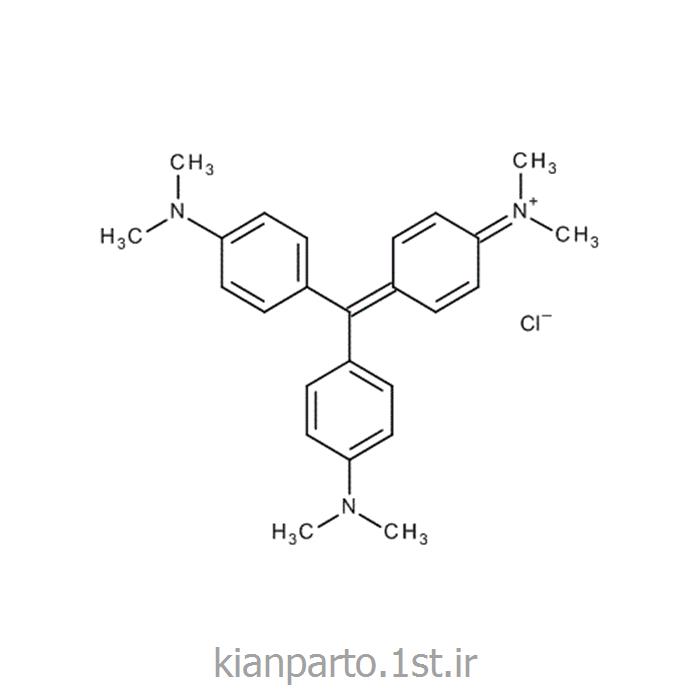



 سفارش آنلاین
سفارش آنلاین

 ضمانت سلامت فیزیکی
ضمانت سلامت فیزیکی ضمانت اصالت کالا
ضمانت اصالت کالا



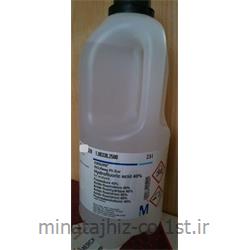
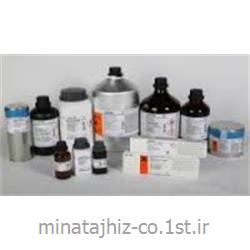
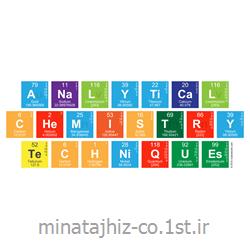
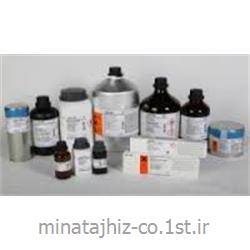
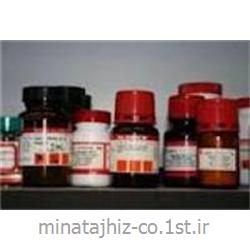
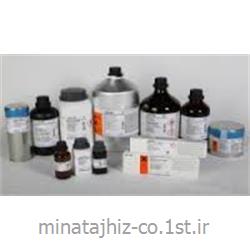
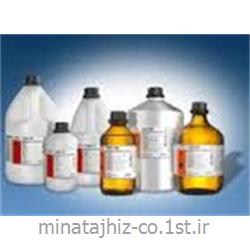
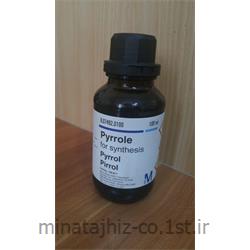
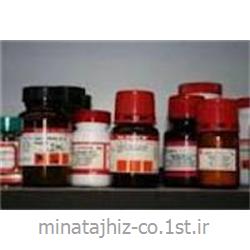
-%d9%85%d8%ad%d8%b5%d9%88%d9%84-%da%a9%d9%85%d9%be%d8%a7%d9%86%db%8c-%d9%85%d8%b1%da%a9--50-%d8%b3%db%8c-%d8%b3%db%8c.jpg)

